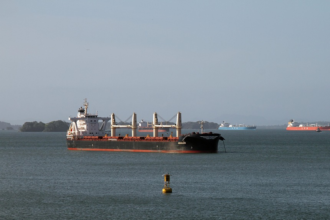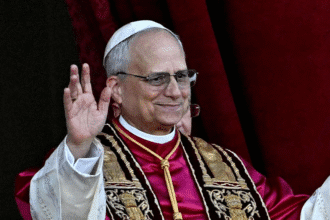Severe Weather Hits São Paulo and Surrounding Areas, Causing Widespread Damage.
- How Did 100km/h Wind Speeds and Intense Rainfall Cause Havoc?
- Why Are São Paulo Residents Facing Prolonged Blackouts and Water Supply Issues?
- What Happened in Brasilia During the Storm?
- Why Did Some in Brasilia Welcome the Rain After Record Drought?
- How Are Climate Change and El Niño Linked to Brazil's Extreme Weather?
- Why Are Record Wildfires in the Amazon Causing Further Concern?
After severe storms tore Brazil on Friday, causing damage to central and southeast areas of the nation, at least eight people have perished, and many more are still stranded without power.
How Did 100km/h Wind Speeds and Intense Rainfall Cause Havoc?
The National Institute of Meteorology claims daily rains collecting up to 10cm (4in) and winds up to 100 km/h (60 mph) struck sections of Brazil’s central and southeast. Many areas of the nation are still recovering from this unexpected and strong weather event; São Paulo bears the most damage.
Massive Winter Storm Blankets U.S. and Canada with Record Snowfall and Arctic Temperatures
The most populated state in Brazil, São Paulo, has seven verified dead persons. Due to the strong winds and heavy rain, falling trees and crumbling infrastructure mostly caused the deaths. One São Paulo resident said, mirroring the general disbelief among residents, “It was a storm like we hadn’t seen in years.”
Why Are São Paulo Residents Facing Prolonged Blackouts and Water Supply Issues?
Across most of São Paulo, the storms have resulted in notable power disruptions that have darkened towns. According to Enel, around 1.3 million companies and households still need electricity. Enel said: “We are working around the clock to restore power and aim to have electricity back by Monday.”
Reports of water supply problems in impacted areas have further added to the mounting worries of the people. Frustrated inhabitants of Parque São Roberto staged a pot-banging demonstration on Saturday following more than twenty-four hours without electricity. One demonstrator said, “We still have no power; it has been more than a day. How are we expected to live this way?
What Happened in Brasilia During the Storm?
The storm also claimed lives in Brasilia, the capital of Brazil. Extreme weather caused one soldier to die and another to be injured at the military police headquarters. As rain seeped through the roof of the building, the Chamber of Deputies—Brazil’s lower house of Congress—was compelled to act unexpectedly. Officials were observed in an unheard-of situation, shielding themselves from the rain indoors with umbrellas.
Why Did Some in Brasilia Welcome the Rain After Record Drought?
After a record-breaking dry spell, several Brazilian citizens welcomed the rain even if the storm brought great damage. The city had gone without rain for over 165 consecutive days, the longest drought on record. Many inhabitants expressed relief at the rain, which was a much-needed break. “It was a hard storm, but we are grateful for any rain at all after months of dry heat,” one local said.
How Are Climate Change and El Niño Linked to Brazil's Extreme Weather?
Recent months have seen a string of severe weather occurrences in Brazil; analysts attribute significant contributing causes to climate change and the El Niño phenomena. Beginning months ago, the drought has been the worst Brazil has seen since records keep track.
The protracted dry run has also stoked widespread wildfires throughout the nation. The Pantanal wetlands and the Amazon rainforest are particularly impacted, where flames have destroyed large tracts. The resultant smoke has suffocated big cities, making people struggle to breathe.
Why Are Record Wildfires in the Amazon Causing Further Concern?
Government data shows that the number of Amazon wildfires jumped dramatically in July and peaked two decades ago for that month. The continuous damage to the rainforest worries local authorities and environmentalists. An environmental researcher observed, “The fires in the Amazon are out of control; this storm is both a blessing and a curse.” “It has brought some brief relief, but the more general issue of climate change still exists.”
With climate-related disasters becoming more regular and severe as Brazil struggles with the aftermath of the storms and the continuous environmental problems, the nation faces unheard-of challenges. The latest storm serves as a sobering reminder of the fine equilibrium between relief and devastation in a world-changing situation.
Bangladesh Protest Sparks Following Ex‑PM Hasina’s Conviction








